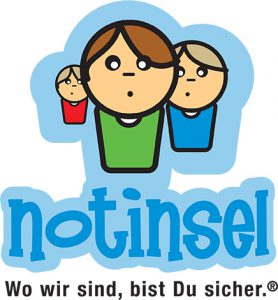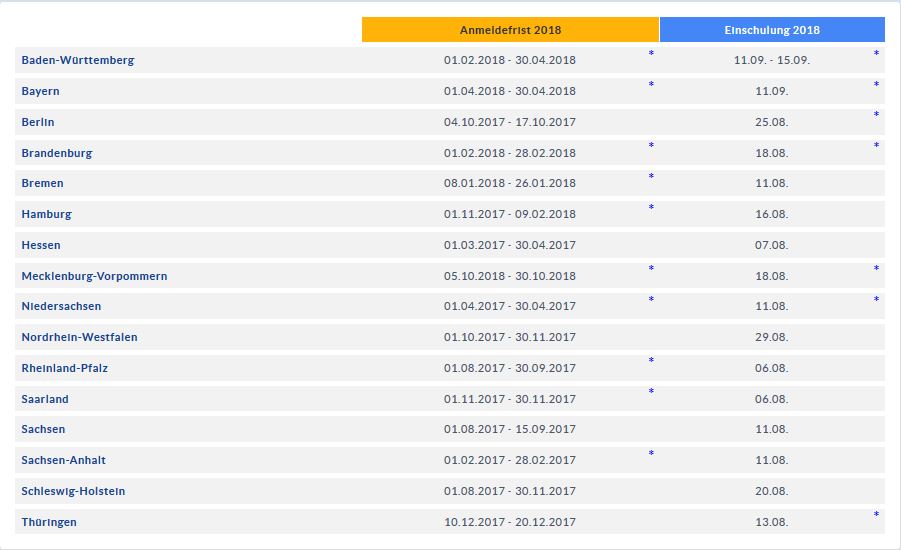Starting school for first graders – an exciting step into a new phase of life
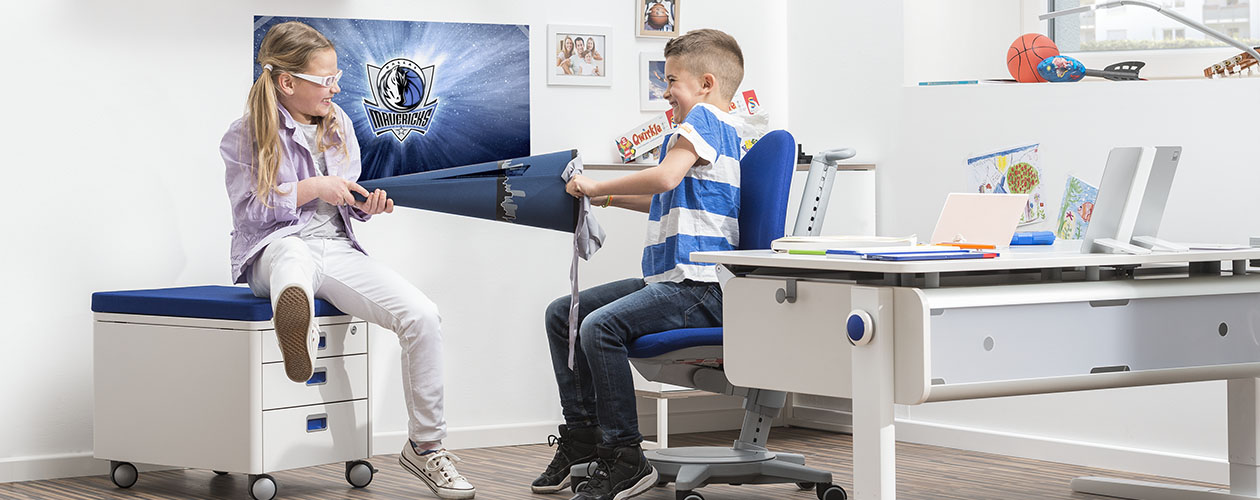
How to master the challenges of the first day at school
School enrolment marks the beginning of an important new stage with many changes in a child’s life. Your child gets to know a new environment and makes new friends. For parents, too, the daily rhythm is changing and new tasks and challenges are being added. There are a few tips to motivate your child and to ensure that the changeover to everyday school life works with ease.
Before the great day
Not only the kindergarten teachers have the task of preparing the future first graders for everyday school life. The parents also contribute to making the changeover for the child as uncomplicated as possible.
Practicing the way to school
Parents should start practicing the way to school with their kids. The way to school usually is way longer than the way to the kindergarten and often involves new challenges, such as crossing a large crossroads. Parents should repeatedly draw attention to the potential dangers, sensitize their child to them and practice the correct behaviour on the way to school. Children should be able to go to school and come back home on their own – even before the first day of school starts.
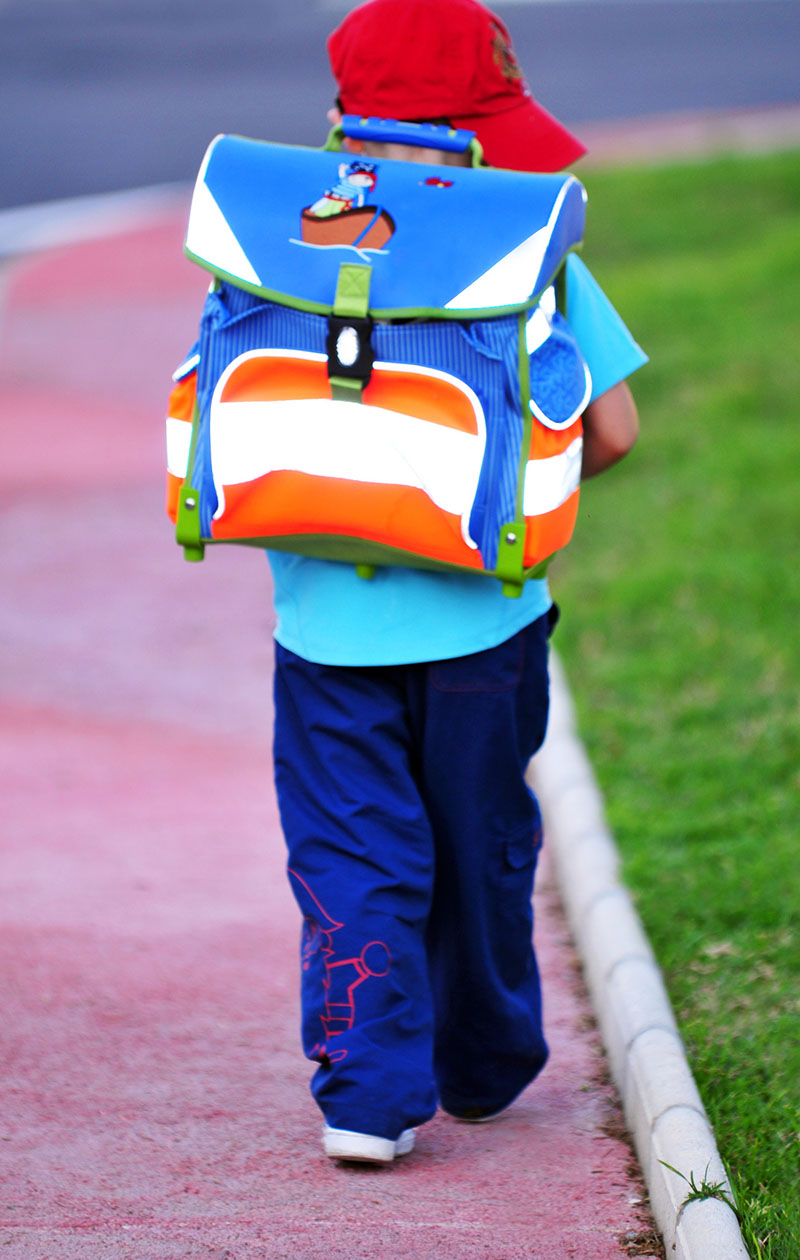
Parents should pay attention to these points when practicing:
- Practice the way to school again and again, 1-2 times is not enough
- Choosing the least dangerous route to school
- Due to their low height, children still have no overview of road traffic
- Children are quickly overlooked by other traffic participants
- Clearly communicated rules help the child to move in traffic as safely as possible
- Discuss unexpected situations on the way to school, such as discovering classmates across the street or a ball, which is rolling into the street
Tips for the autumn/winter season:
- Eye-catching clothes (reflective stripes, bright/coloured clothing or warning vests) in the autumn and winter months, so that the child can be seen by other road users in fog and darkness
- The school bag should also be equipped with reflectors and an orange or yellow warning surface.
Project notinsel – moll supports children on their way to school
So that children do not get lost on their (school) way, the Hänsel + Gretel Foundation has created the sign “Notinsel” that offers children safe places of refuge. Around 19,000 shops at 228 locations throughout Germany bear the “Notinsel” symbol on their doors, which signals to the children that “Where we are, you are safe”.
Germany’s largest child protection project in public space offers children protection in acute situations of danger and encourages people and act and to not look away. Especially in a society where danger and violence also lurk on the playground, at school or on the way home; where violence from bigger to smaller children, discrimination against the weaker, mobile phone theft and bullying have become part of everyday life, Notinsel offers a safe place for children. Moll supports this project – especially the youngest of our society are to be protected. You can find more information here:
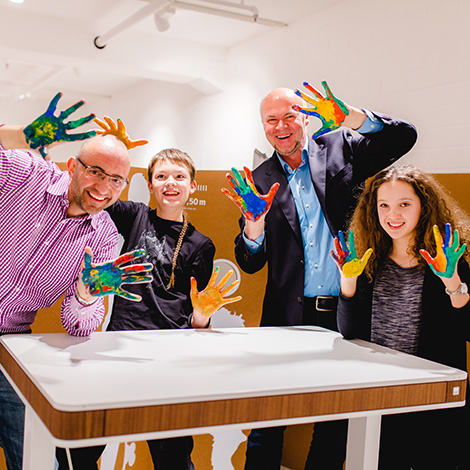

School route planner
From now on, parents and children have the possibility to plan their own safe way to school or even ways in their private time with the “school route planner”. This feature can be used to create a map with all “Notinseln”, e.g. along the personal school route. Parents or teachers can use a coloured pencil to plan and determine the route of the children to follow along the “Notinsel – places”. Go to the route planner here.
New everyday life for parents and children – creating a positive attitude
Parents should tell their child what a typical school day is like so that the child can quickly adapt to it. Children in kindergarten are not used to sitting quietly and listening for long periods of time. It must be explained to them and practiced. It is important to explain why children cannot simply call into the classroom or walk around. For the children this also means that they have to follow new rules and complete certain new tasks. In addition, children can no longer focus on what they feel like doing, instead they have to follow the timetable. The new reference person is their class teacher, but the children will also get to know other subject teachers in their first school year. The child should be told to listen to what the teacher says during school time. In case of problems, children can also talk to the teachers. Parents should give their child with a positive impression of the school by sharing interesting or funny memories.
Common preparation – training of skills
What skills should a first grader have? The child should…
- be able to spell one’s name
- know the numbers up to ten
- know the own address, telephone number and birthday
- be able to dress and undress (important in physical education!)
- be able go to the toilet on their own
- be able to cut out images with scissors and glue them to paper
- be able to colour
- be able to tie shoes
- be able to recognize one’s own belongings and to keep them tidy
- the pen must be held correctly for relaxed writing
What should parents practise with their children before the first day of school?
- assign small tasks in the household, so homework can be practiced
- practice speaking loudly and clearly
- retell little stories in complete sentences
- count to 20 (forward and backward)
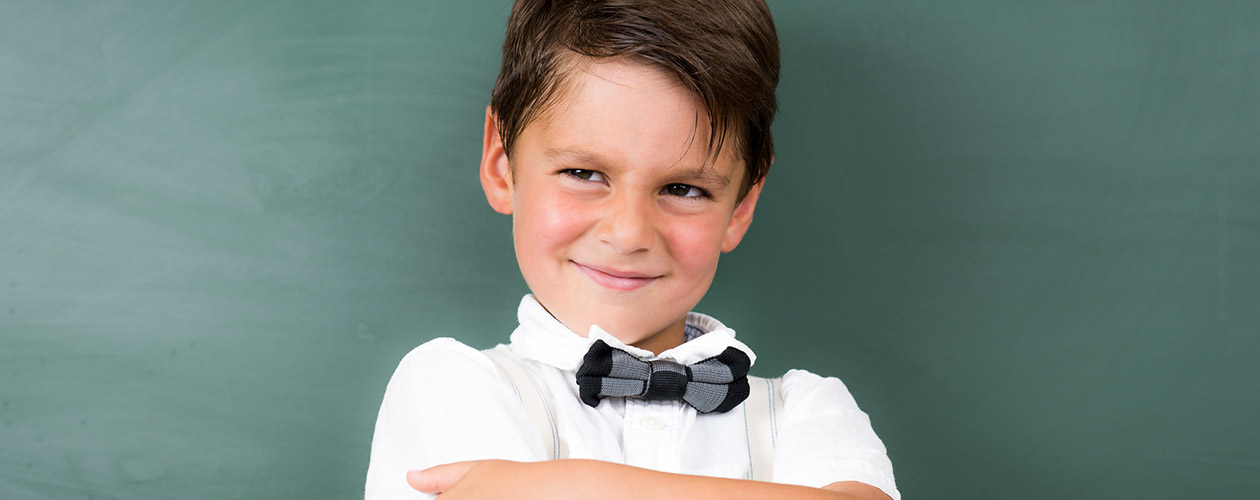
Equipment for first graders
School enrolment not only marks the beginning of a new phase in the child’s life, but also makes him or her feel part of the “big ones”. In addition, one’s own individual possessions are a characteristic of the adult world. As a result the child’s self-esteem is strengthened.
In addition to the school bag, the school utensils and the gym bag, new clothes and the first own desk with a suitable chair is of great importance for a first grader.
Parents should, however, know what to look out for with the first equipment. Because only with the right table and chair height will the child be able to concentrate while learning. And the school bag must also meet certain criteria such as visibility in traffic and a stable back posture.
What should I put in my school bag?
- a pencil case with soft pencils, an eraser, a sharpener, crayons, felt pens, a ruler
- Textbooks
- Books and Folders
- a notebook for homework
- a Gym bag or sports bag
- materials for art lessons: glue, scissors, drawing pad, paint box, brush, wax crayons, sponges, rags lunch box with snack during breaks
- a Drinking bottle
How can the first day of school go about?
When and how the first day of school takes place varies greatly from state to state and from school to school. In some federal states there is a school enrolment party on Saturday or Sunday before school starts. In other federal states, the first day of school takes place during the first week of the new school year and is determined individually by the schools. Parents can find more information about school enrolment by federal state on the Internet.
Often the first day of school begins with a service. Afterwards there will be an official welcome in the forum or auditorium. Former first graders perform a play or sing a song and greet the newcomers with a big hello, after which they take the children to school for their first class. Here each school decides whether the parents may be present at the beginning or alternatively wait in the schoolyard or in the auditorium. After 45 minutes, the parents can take the school children home and continue the celebrations at home or in a restaurant with relatives and friends.
First school days 2018 in Germany
The first day at school and the new learning place at home
The multimedia report “My first day at school” contains information about the first day at school and ergonomic writing furniture for kids. Here parents can learn how to set up an optimal learning and homework place for their kids.
Learn more tips on school enrolment from our guide for first graders …..
…. with tips for the time before school enrolment
Learn more tips on school enrolment from our guide for first graders …..
…. with tips for the time after the 1st day of school

